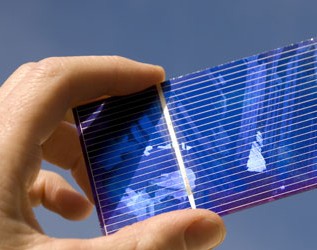Exploiting an effect previously thought too small to be worth anyone's time, a bunch of researchers at the University of Michigan have figured out how to exploit the magnetic properties of light in a way that could ultimately lead to solar panels made entirely of glass or transparent ceramics.
"We've all been taught that this doesn't happen," professor Stephen Rand told Michigan Today. "It's a very odd interaction. That's why it's been overlooked for more than 100 years."
The research is nowhere near the point of application — currently, lasers are required to generate the effect — but the boffins involved believe they can eventually reproduce it with focused sunlight. That could mean solar panels radically different from the ones we use today, which must absorb light in order to convert it into electricity.
Ultimately they're predicting that up to 10 percent of the energy of incoming light could be converted into electricity. That's about as good as a ho-hum conventional solar panel, so in order for this discovery to be meaningful for the power generating industry, it will have to represent significantly less cost than conventional solar PV.
"To manufacture modern solar cells, you have to do extensive semiconductor processing," Fisher said. "All we would need are lenses to focus the light and a fiber to guide it. Glass works for both. It's already made in bulk, and it doesn't require as much processing. Transparent ceramics might be even better."



